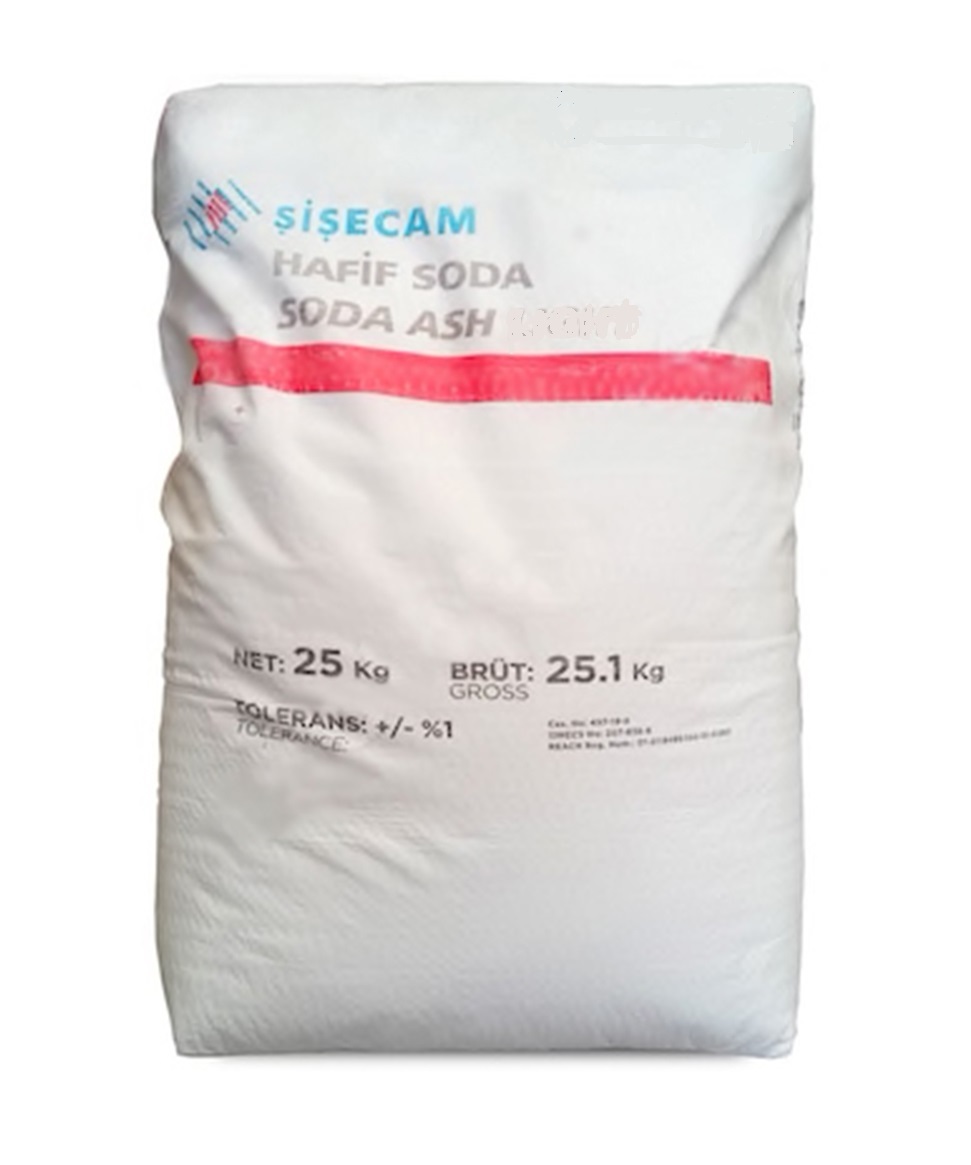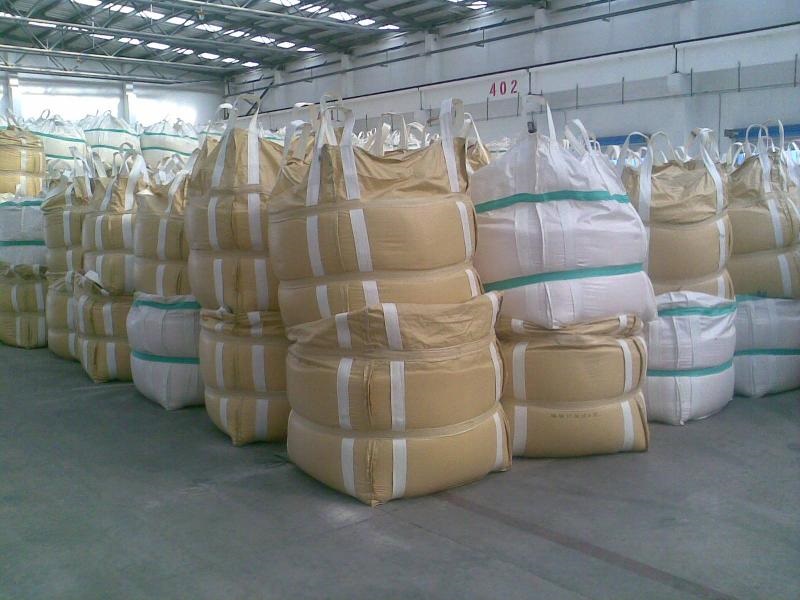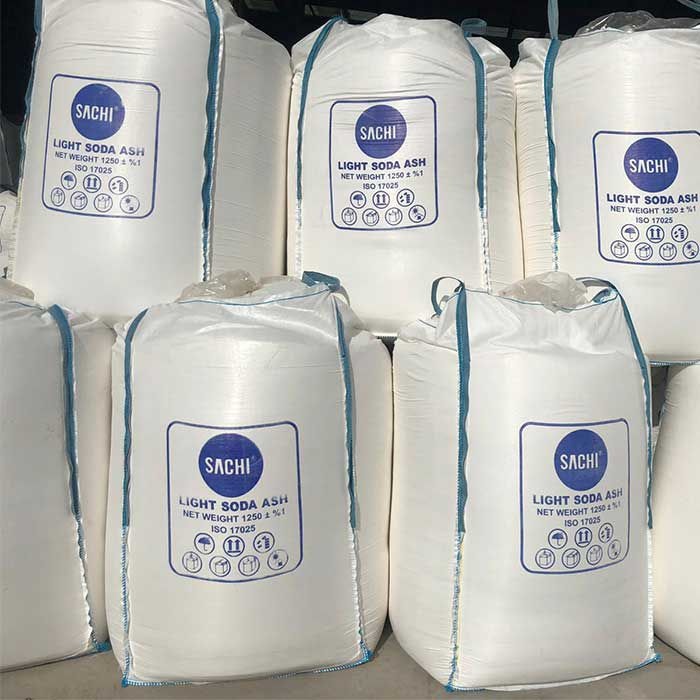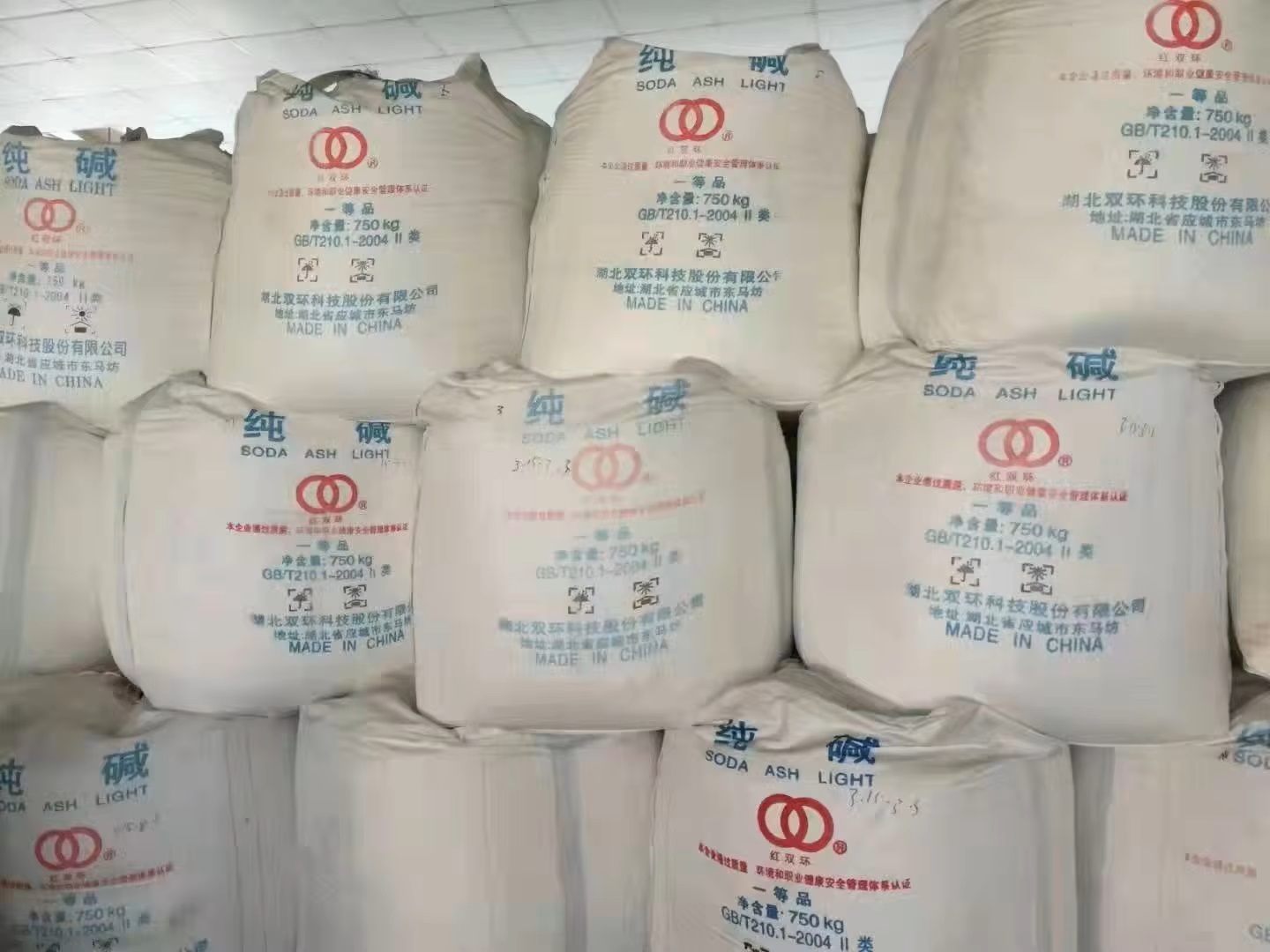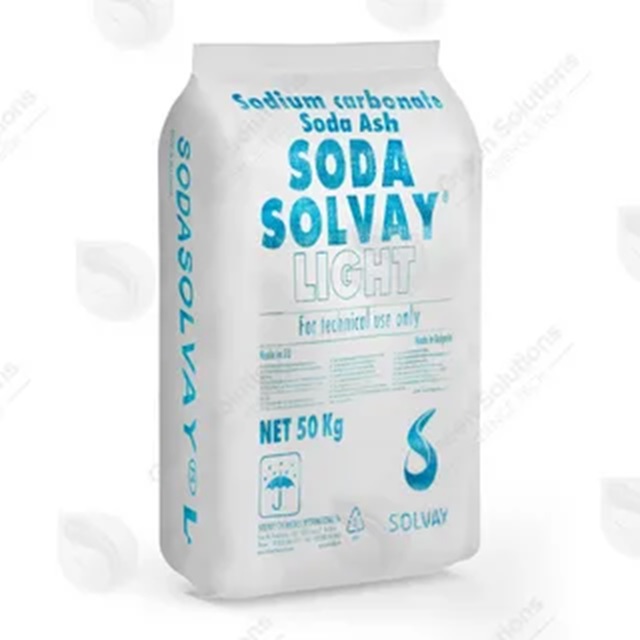We unleash your business potential by maximize the business innovation.
Send EmailSodium carbonate, Light Soda, Washing Soda
Appearance: White, solid hygroscopic powder.
Chemical name: E500, Soda, soda crystal, soda ash,
Chemical Formula: Na2CO3
Cas No :497-19-8
Packaging Type: In 50 kg bags.
Properties: Sodium salt of carbonic acid. E500
Definition and Areas of Use:
Sodium carbonate (also washing soda, soda and soda crystals, and the like in monohydrate form of crystalline carbonate), Na 2 CO 3, is the sodium salt of carbonic acid, which is soluble in water.
It is usually found as a crystalline decahydrate that is easily absorbed to form a white powder, monohydrate. Pure sodium carbonate is a hygroscopic (absorbs moisture from the air) white, odorless powder. It has a very alkaline taste and forms a moderately simple solution in water. Sodium carbonate is well known domestically for its everyday use as a water softener. Historically, it was extracted from the ashes of plants grown in sodium-rich soils, such as vegetation in the Middle East, sperm from Scotland, and seaweed from Spain. The ashes of these sodium-rich plants, distinctly different from timber ashes (used to create potash), came to be known as "soda ash". [12] Synthetically, it is produced in large quantities from salt (sodium chloride) and limestone, by a process known as the Solvay process.
Areas of Use
It is used in whitening laundry, especially tulle. Sodium carbonate precipitates and removes hardness ions in water as carbonate. In this way, it is used as a softener in washing machines.
It is the most important chemical used in glass production. Sand and soda are combined, heated to a very high temperature, and then suddenly cooled. In this way, glass is produced.
When reactive dyes are used in the textile industry, sodium carbonate is used to form the bond between the dye and the fiber.
As a food additive, it acts as an acid regulator, anti-caking agent and stabilizer. It is used in the production of sherbet powder.
It acts as a wetting agent in brick making, so less water is needed when extruding clay.
It is used as a foaming agent in toothpastes. It creates friction and increases the pH of the mouth.

